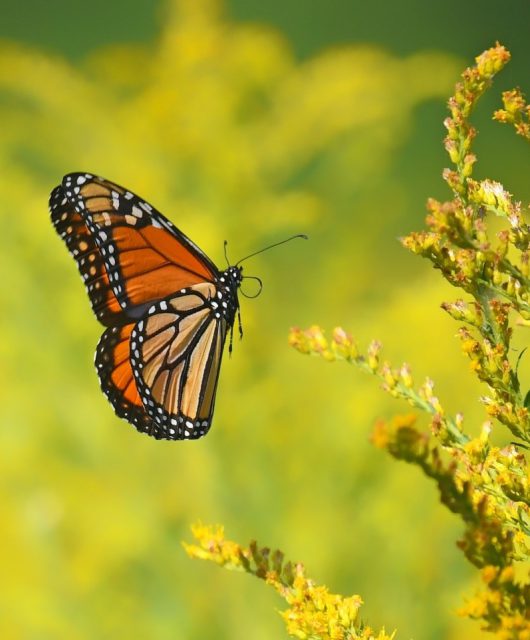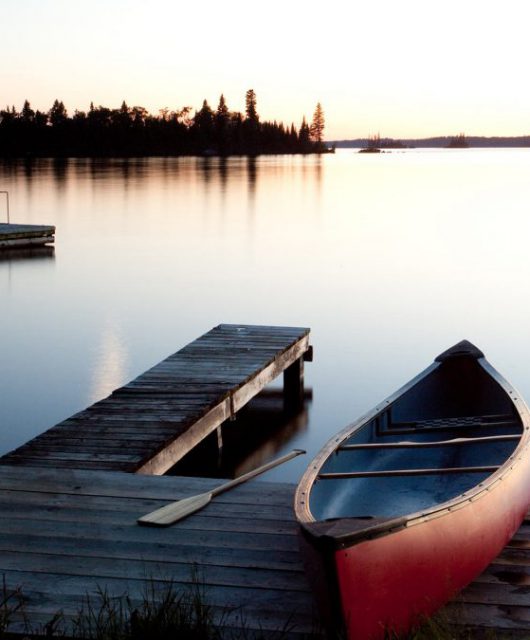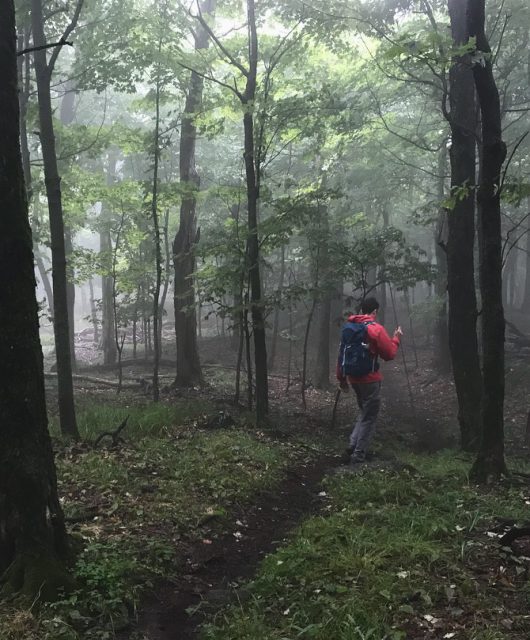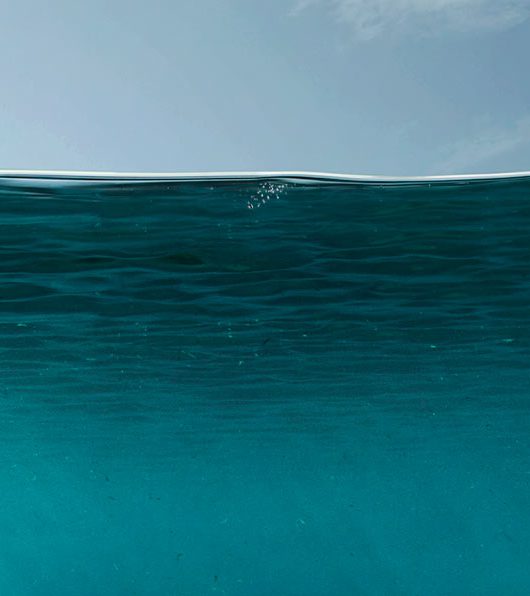Global leaders recently agreed to new targets to conserve biodiversity at the COP15 conference in Montreal.
As a New Year’s Resolution for 2023 and beyond we will all need to commit to doing our part to meet these critical goals to halt and reverse biodiversity loss.
As Steven Guilbeault, Canada’s Minister of Environment and Climate Change put it:
“Our 30 by 30 conservation goal commits us to protect 30% of Canada’s land and oceans by 2030 and beyond… But focusing on protected and conserved areas alone won’t be enough to achieve the broader objective of halting and reversing biodiversity loss. We need to consider how we, as Canadians, can become better stewards of 100 percent of the landscape. Reaching this important objective will require all of us, meaning that all levels of government, and every Canadian, including Indigenous peoples, non-government organizations, and industry will need to help.”
Here are five actions to help conserve wildlife throughout Canada:
- Increase the area and connectivity of natural ecosystems
- Ensure development does not destroy intact natural areas
- Restore degraded habitats
- Reduce pollution that impacts biodiversity
- Require forestry, agriculture and aquaculture to be environmentally sustainable
Canadians can help make these happen by taking action locally, supporting organizations that conserve wildlife and reduce threats, and supporting governments and businesses that are taking action and improving their practices.
Most of the intact lands and waters in Canada are the traditional territories of Indigenous Peoples. Taking action to implement the 94 Calls to Action of the Truth and Reconciliation Commission and supporting Indigenous conservation are also important ways we can help halt and reverse biodiversity loss.
The causes of biodiversity loss are tightly connected to how we produce food, fibre, and minerals for the world and how we build our cities and transport goods and people. In the short term, we need to ramp up the work already underway to make agriculture and natural resource extraction much more environmentally sustainable, to build sustainable cities, and to address unsustainable consumption and waste.
In the long term, the type of changes necessary to halt and reverse biodiversity loss and the resulting impacts on human well-being are similar in type and scale to what is needed to achieve global carbon emissions targets to preventclimate change. The long-term change will need to be transformative in the sense that many activities that impact nature will need to change or end.
The new framework agreed to in Montreal has clearer language, more specific targets, and stronger monitoring and reporting requirements that CWF believes will lead to transformative action on many more of the targets than we saw with the previous 2010-2020 Aichi Targets.
Some of the transformative targets include:
TARGET 1
Ensure that all areas are under spatial planning and effective management processes addressing land and sea use change, to bring the loss of areas of high biodiversity importance close to zero by 2030.
TARGET 2
Ensure that by 2030 at least 30 per cent of areas of degraded terrestrial, inland water, and coastal and marine ecosystems are under effective restoration.
TARGET 3
By 2030 at least 30 per cent of terrestrial, inland water, and of coastal and marine areas are effectively conserved and managed through ecologically representative, well-connected and equitably governed systems of protected areas and other effective area-based conservation measures.
TARGET 7
Reduce pollution risks and the negative impact of pollution from all sources, by 2030, to levels that are not harmful to biodiversity and ecosystem functions and services, including reducing the overall risk from pesticides and highly hazardous chemicals by at least half.
While national governments negotiate these agreements, the targets they set are largely achieved through the actions of others. In Canada and around the world, civil society groups, local governments, businesses, and Indigenous Peoples are taking action to eliminate threats to wildlife populations and protect or restore habitat. We need to support and scale up these actions. Make it your New Year’s Resolution to do your part for wildlife.





